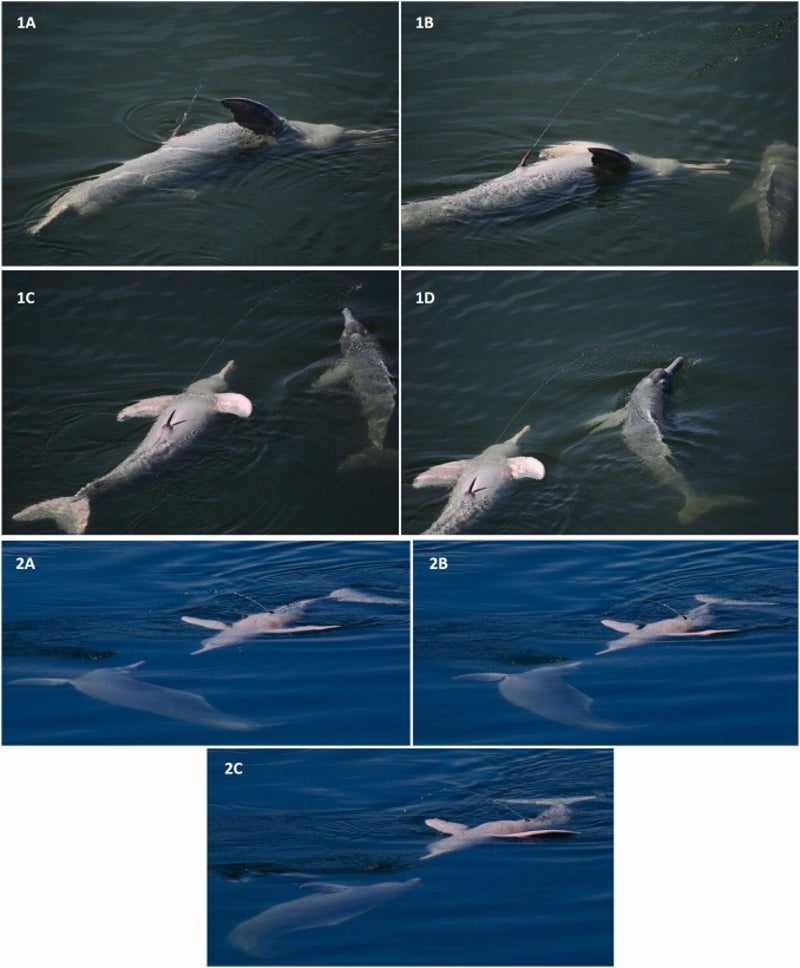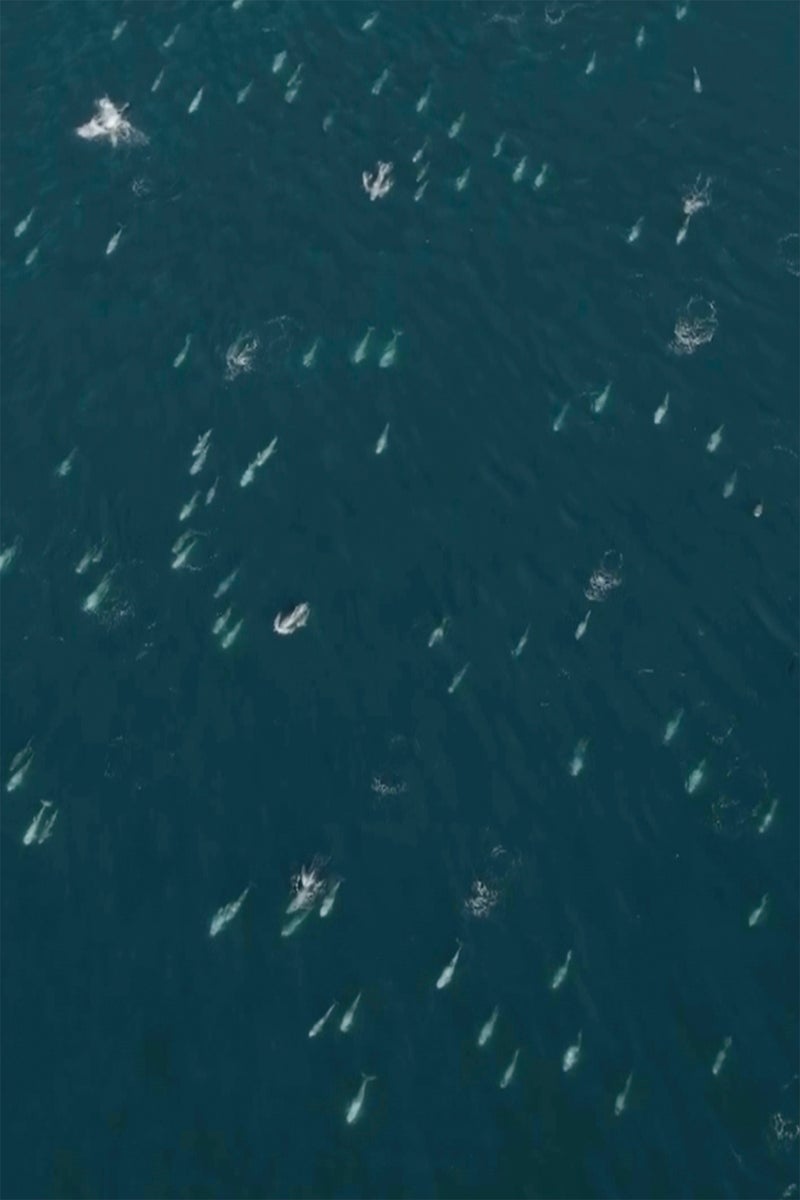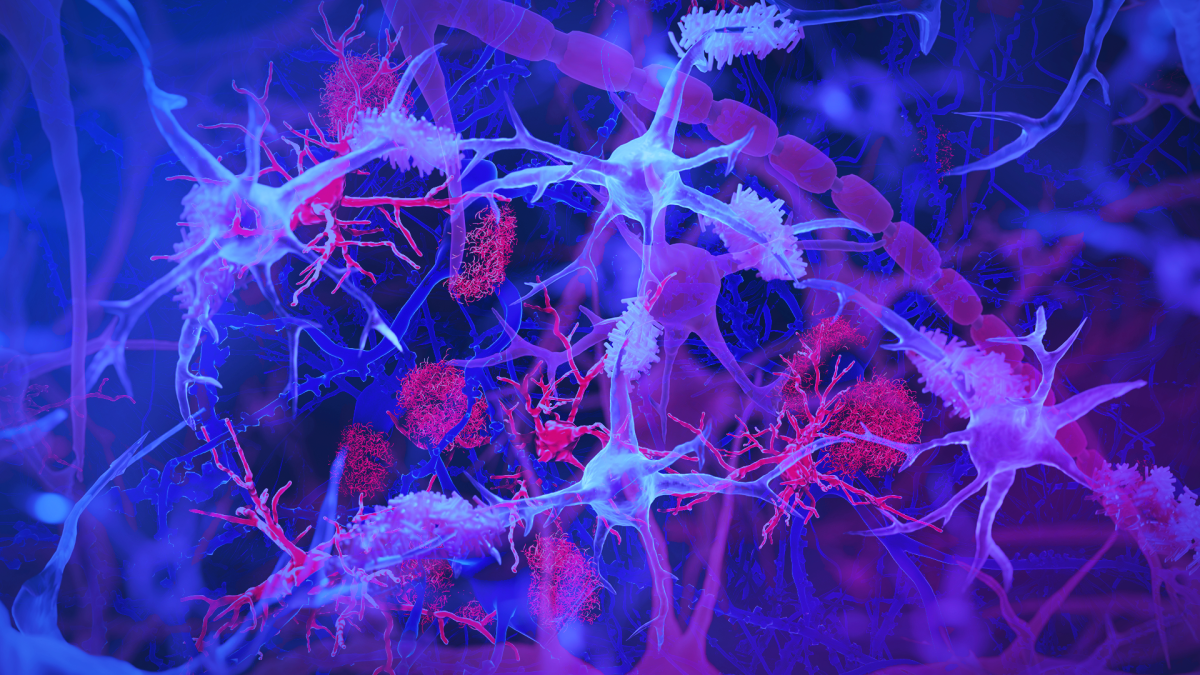Scientists perplexed by strange urination routine of Amazon river dolphin
Scientists perplexed by strange urination routine of Amazon river dolphin
Share:
Mysterious behaviour may be form of communication. Scientists are perplexed by a strange new behaviour shown by the Amazon river dolphin of flipping belly-up to urinate with another male “actively” seeking the stream with its snout. The quirky dolphin, commonly known as boto, is considerably less shy than its cousin the bottlenose dolphin and often engages in playful activities. Previous studies have shown that boto is less fearful of foreign objects than other dolphin species, holding fishermen’s oars and playing with sticks, clay, rocks, logs, and turtles.
Now, Canadian biologists have documented dozens of instances of “strange behaviour” by boto involving urination. “Our study shows that while aerial urination may be rare, or rarely observed, in cetaceans, it is relatively common in botos.”. They are not sure why the dolphins engage in this behaviour but suspect it may have something to do with scent marking to aid mate selection. “We were really shocked, as it was something we had never seen before,” Claryana Araújo-Wan, co-author of the new study, told New Scientist.
The study documents 36 instances of “aerial urination” by boto between 2014 and 2018 and records the sequence, duration and social context of the behaviour. “When a ‘receiver’ male is present, it either approaches the urine stream with its rostrum, sometimes pursuing it, or stays where the stream contacts the water.”. Most of these events last about 10 seconds and involve males as urinators and receivers. The study theorises that bristles on the dolphin’s snout may be acting as chemical sensors in detecting urine streams.
The strange behaviour may be a form of communication. “Aerial urination, often occurring in the presence of other males, serves social or communicative functions beyond the physiological need for waste elimination,” the study states. While land mammals are well known for using urine to mark territory, assert dominance and advertise their physical condition, such behaviour is far more difficult to observe in the aquatic environment.
Body structures to aid in the sense of smell are also absent or greatly reduced in marine mammals like toothed whales, baleen whales and dolphins, so the use of urine for chemical communication is generally not expected. But recent studies have shown that dolphins can detect odorants and secretions in both air and water such as the components of urine and faeces. Researchers suspect the boto is using a “quasi” smell, combining elements of touch into a “haptic” sense that is more felt than sniffed to assess the physiological state of other members of the species.






















